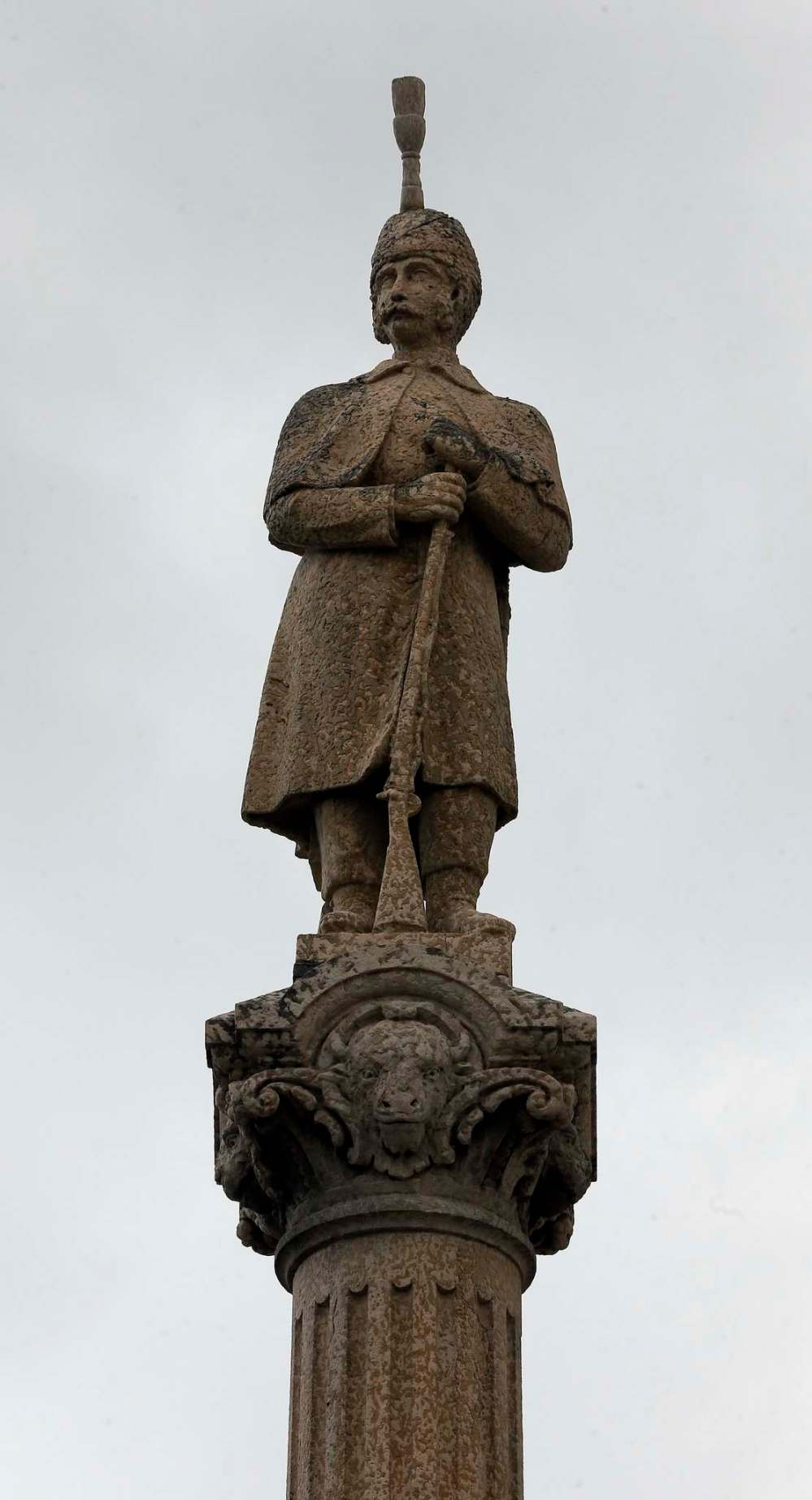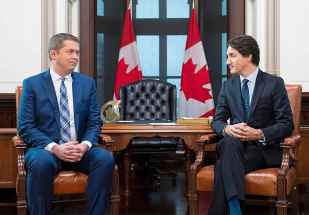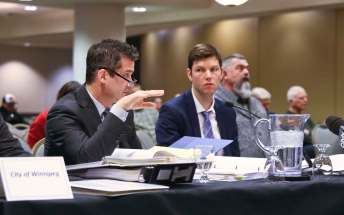Clear criteria should guide monument decisions
Read this article for free:
or
Already have an account? Log in here »
To continue reading, please subscribe:
Monthly Digital Subscription
$0 for the first 4 weeks*
- Enjoy unlimited reading on winnipegfreepress.com
- Read the E-Edition, our digital replica newspaper
- Access News Break, our award-winning app
- Play interactive puzzles
*No charge for 4 weeks then price increases to the regular rate of $19.00 plus GST every four weeks. Offer available to new and qualified returning subscribers only. Cancel any time.
Monthly Digital Subscription
$4.75/week*
- Enjoy unlimited reading on winnipegfreepress.com
- Read the E-Edition, our digital replica newspaper
- Access News Break, our award-winning app
- Play interactive puzzles
*Billed as $19 plus GST every four weeks. Cancel any time.
To continue reading, please subscribe:
Add Free Press access to your Brandon Sun subscription for only an additional
$1 for the first 4 weeks*
*Your next subscription payment will increase by $1.00 and you will be charged $16.99 plus GST for four weeks. After four weeks, your payment will increase to $23.99 plus GST every four weeks.
Read unlimited articles for free today:
or
Already have an account? Log in here »
Hey there, time traveller!
This article was published 15/01/2020 (2153 days ago), so information in it may no longer be current.
The City of Winnipeg plans to take a more formal approach to naming or renaming monuments in the city. A report approved by the executive policy committee this week proposed the establishment of a “Welcoming Winnipeg: Reconciling our History” policy. It includes the creation of a public committee that would review individual proposals to name landmarks, or rename existing ones that commemorate controversial historical figures.
Part of the plan is to better reflect Indigenous perspectives in place names and historical markers. The committee would be made up of 50 per cent Indigenous and 50 per cent non-Indigenous members.

These are laudable goals. However, the criteria in the proposed policy is vague. It outlines how applications can be made to name or rename landmarks, including buildings, parks and streets. But it fails to include a well-defined set of guidelines on how individual decisions should be made. The absence of such criteria could lead to ad hoc decision making (the kind we’ve seen in other cities that have grappled with similar challenges), instead of outcomes that are based on established principles.
Historical figures who have had monuments named after them have often made valuable contributions to their community, province or country. In some cases, these same individuals have led, or taken part in, actions or policies that today we find objectionable, either because their actions were wrong, or because we see them more clearly from a modern-day perspective.
Mayor Brian Bowman last year floated the names of several historical figures whose commemorations he believes should be re-evaluated.
Garnet Joseph Wolseley, commander of the Red River Expeditionary Force in 1870, was among the historical figures the mayor suggested. Wolseley has a school, a street and a neighbourhood named after him. Some have questioned whether Winnipeg should continue to honour Wolseley since he led a military force commissioned by Ottawa to establish Canadian sovereignty in the Red River Settlement.
However, before the city takes positions on whether to name or rename streets, buildings or neighbourhoods, it should establish much clearer policy to guide those decisions. In doing so, it should set the bar high for either naming or removing names from landmarks.
Honouring important figures by naming landmarks after them should only be done in exceptional circumstances. A person’s contribution to society should be so extraordinary, rare and unique that it warrants that level of commemoration. It shouldn’t apply to someone simply because they held public office, or occupied a high station in life (as has often been the case in the past).

The threshold to remove the names of historical figures should be equally high. Clarifying history by updating information on monuments or plaques, which has been suggested and is a good idea, is one thing, but the names of historical figures shouldn’t be removed unless their past actions are deemed so egregious and contrary to our core values that it would be untenable to continue to honour their names publicly.
These decisions should be made on a case-by-case basis, but they shouldn’t be left to the whims of committee members or city council. They should be informed by well-established criteria.
City officials have the right idea here. But they must ensure the process is guided by fair-minded and consistent decision making.
History
Updated on Thursday, January 16, 2020 4:28 PM CST: Clarifies percentages of make up of public committee










